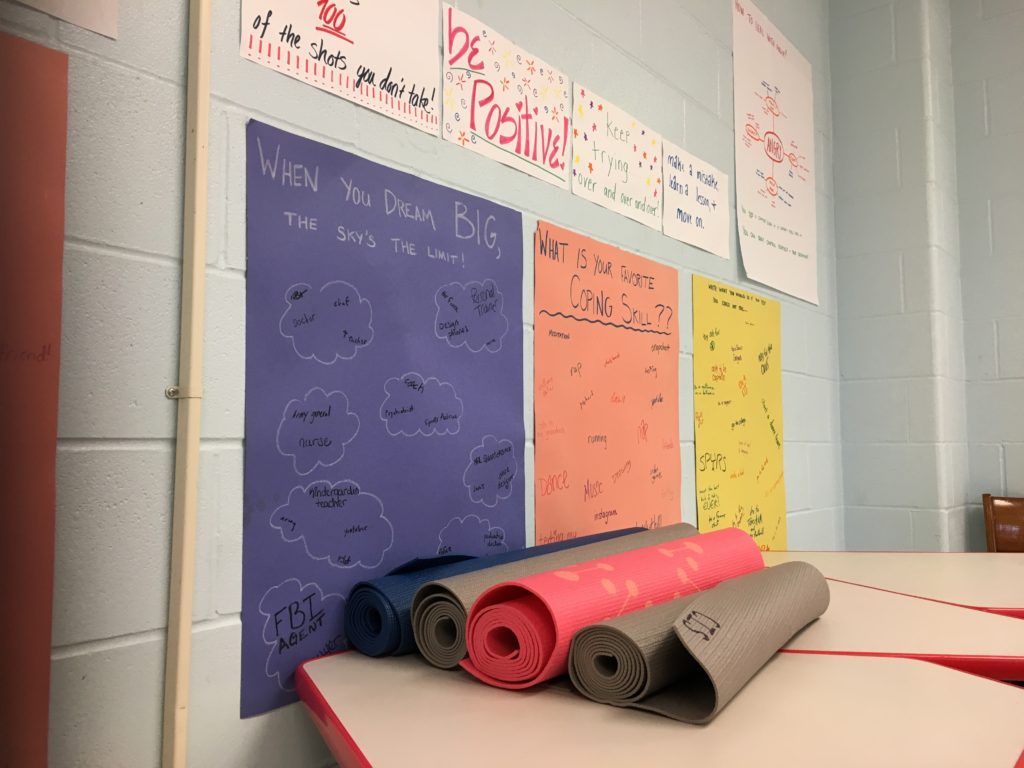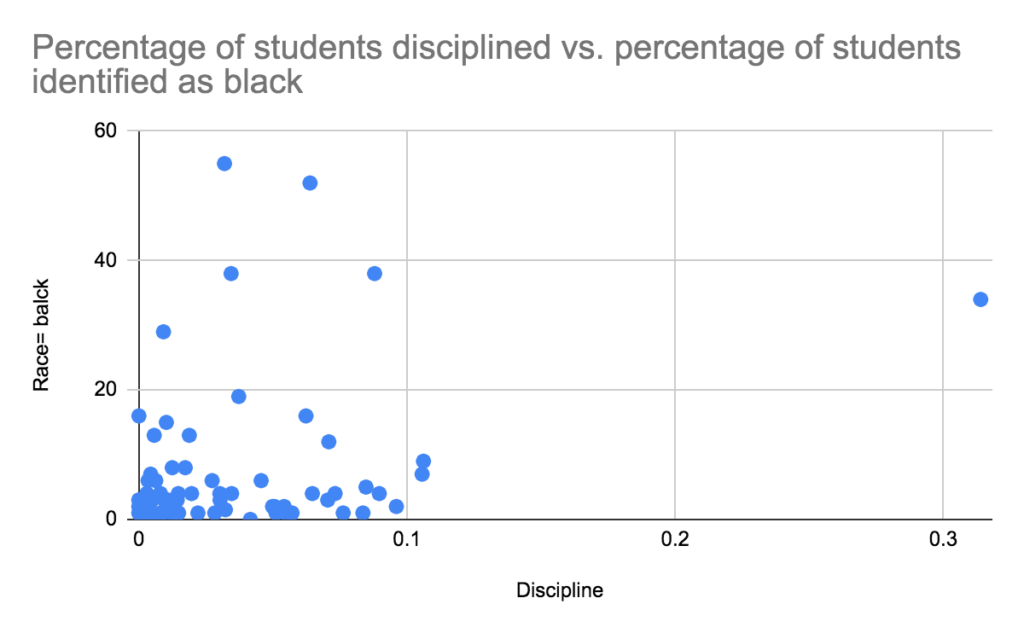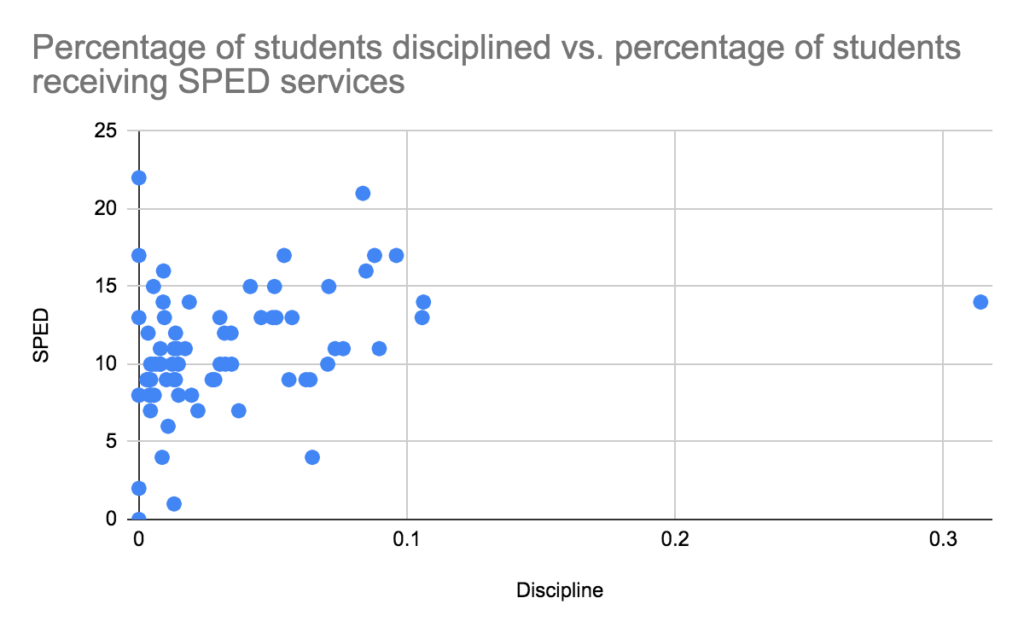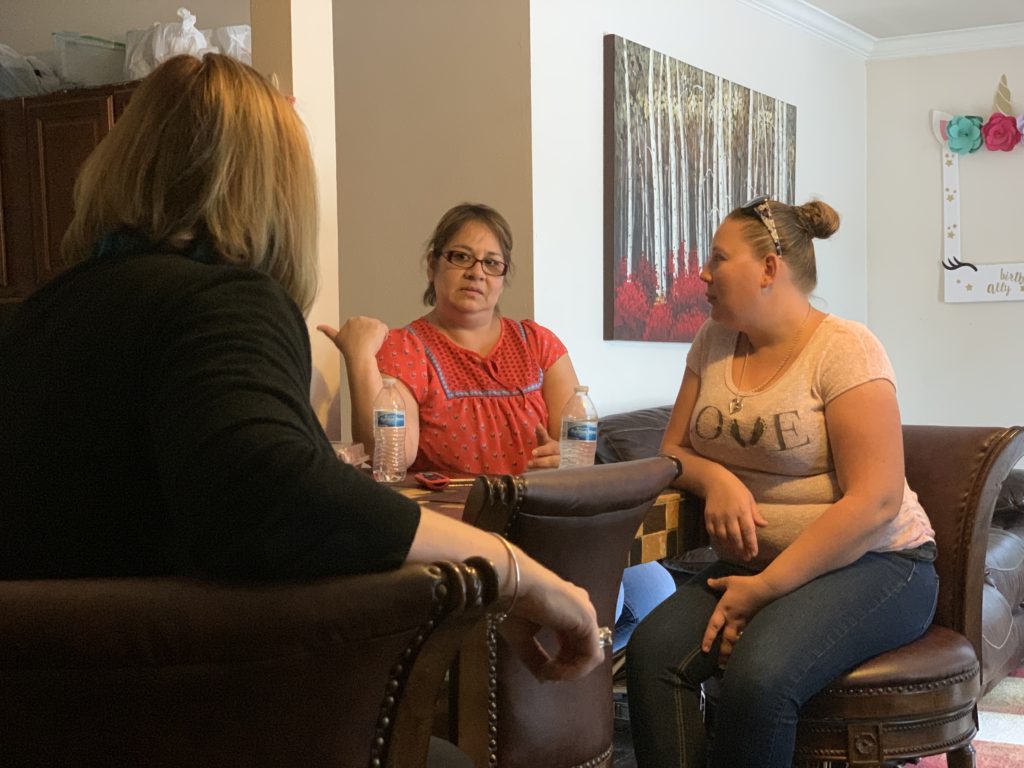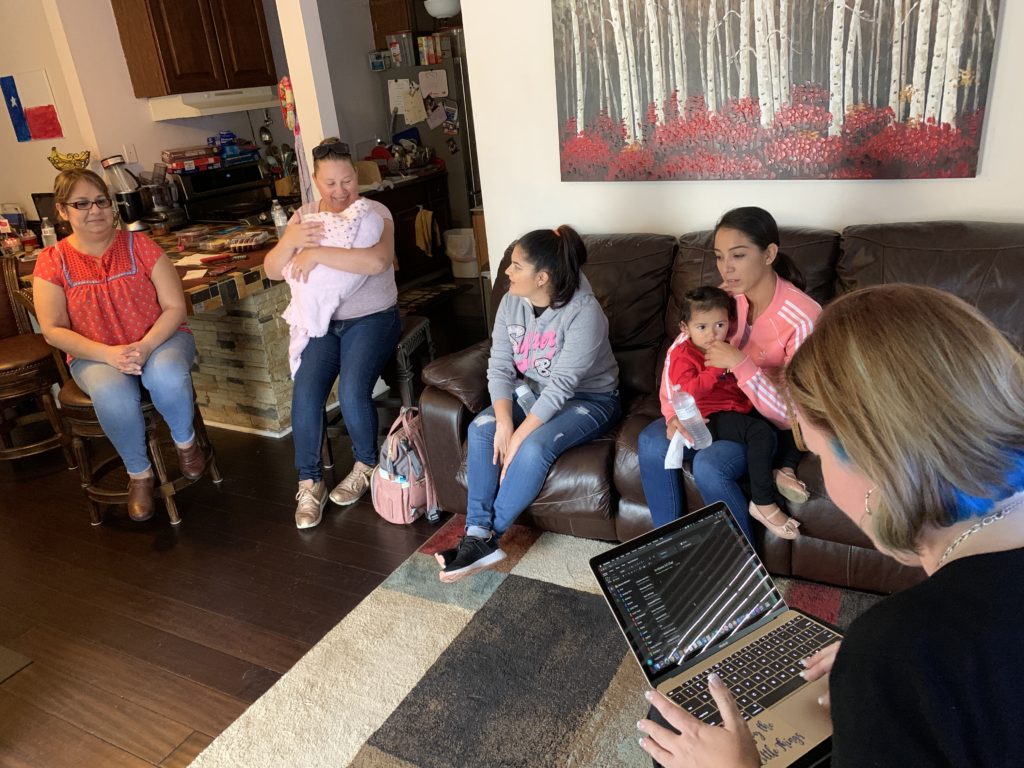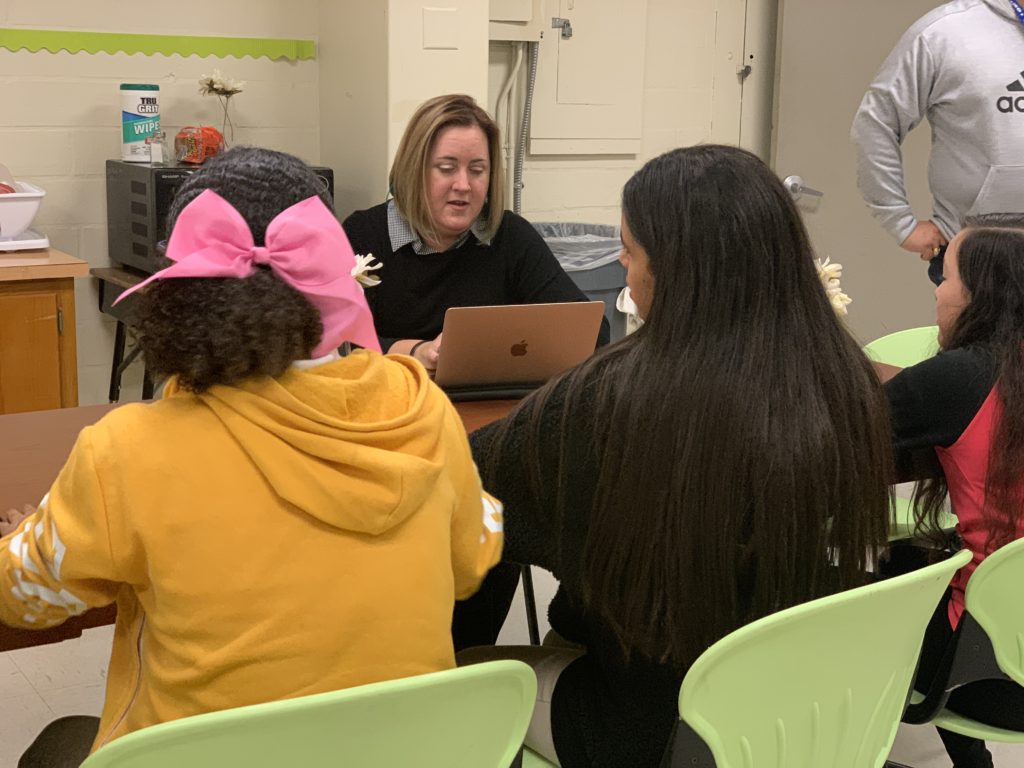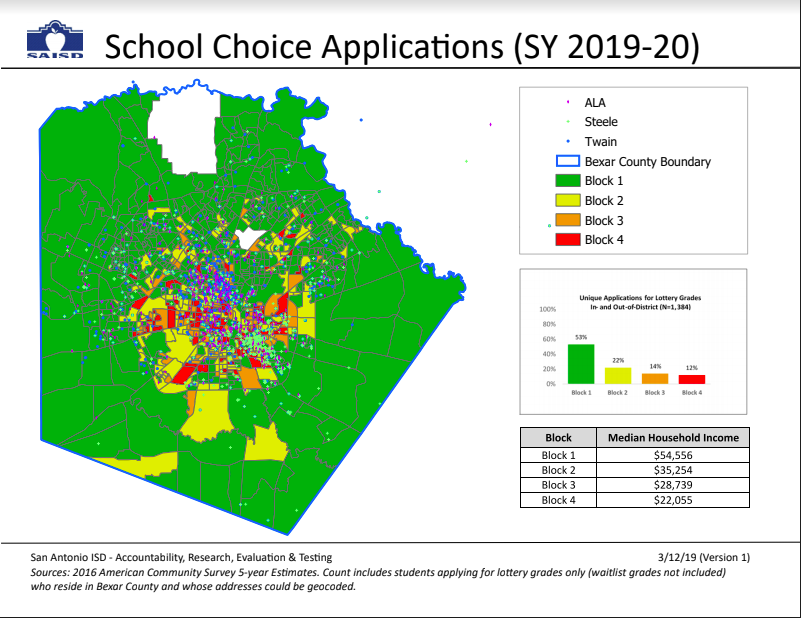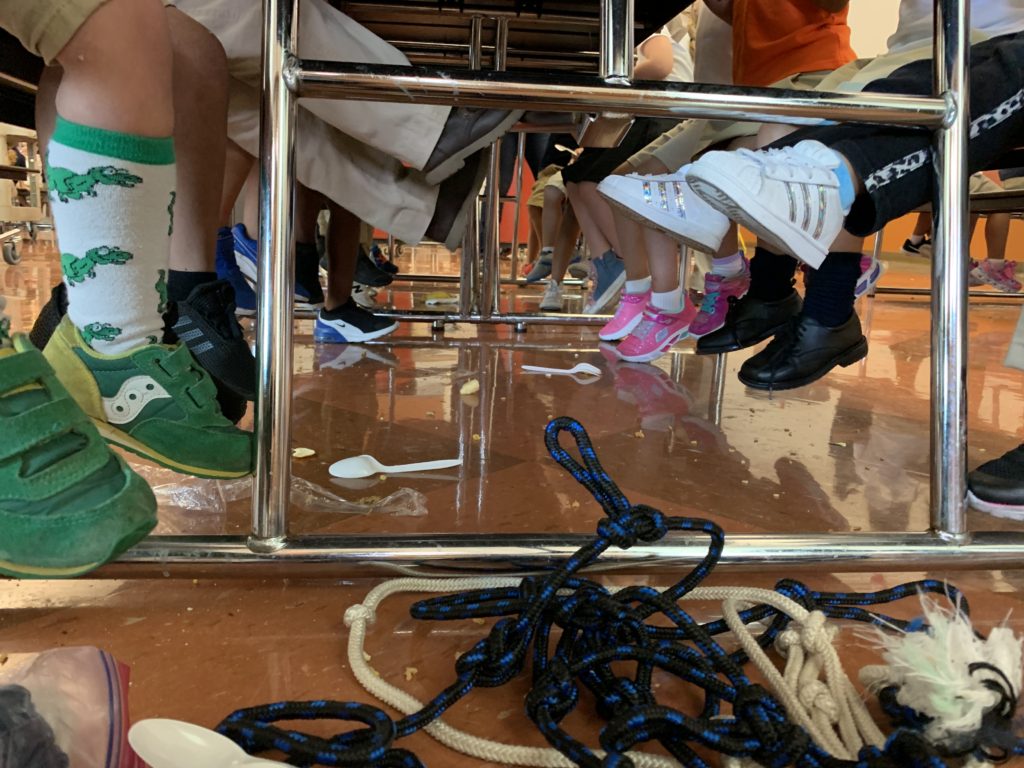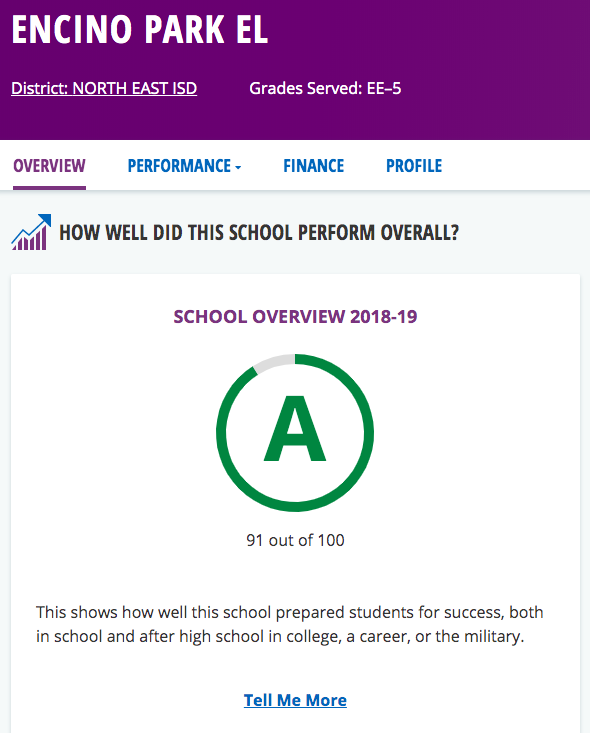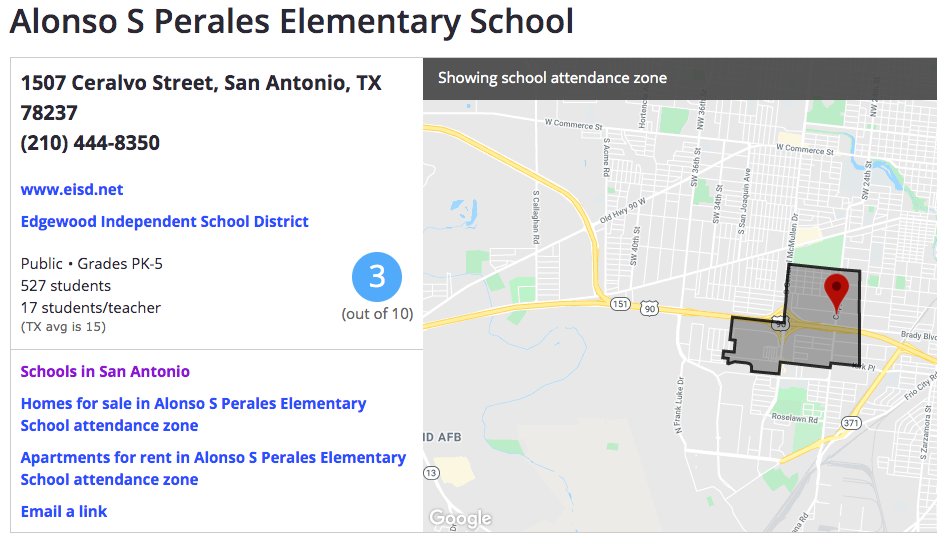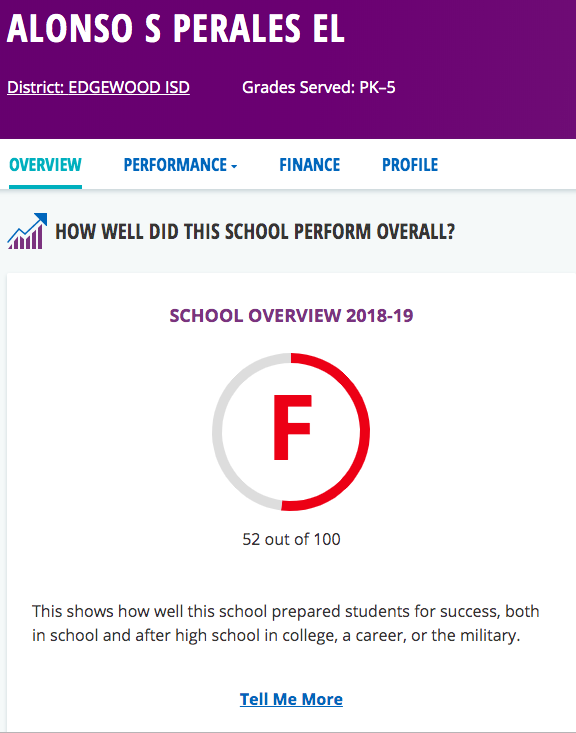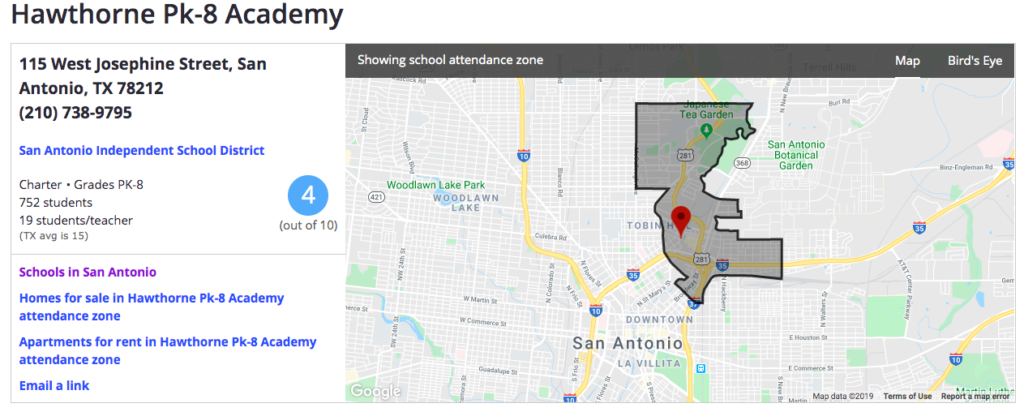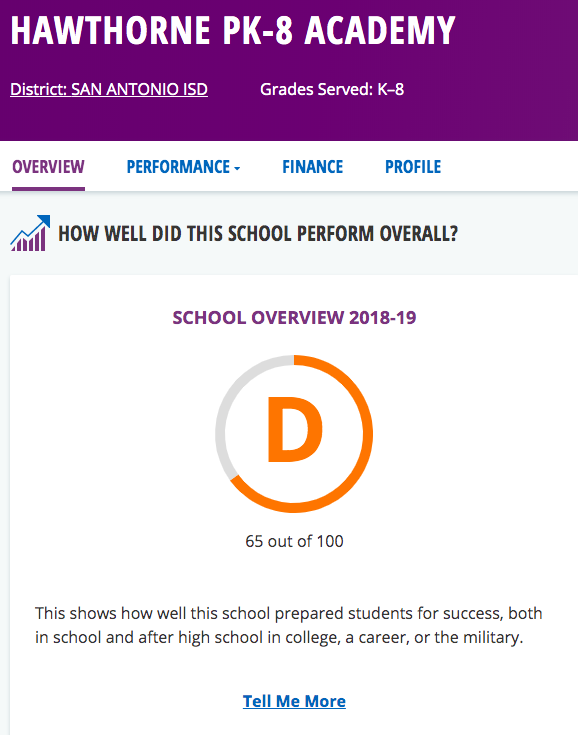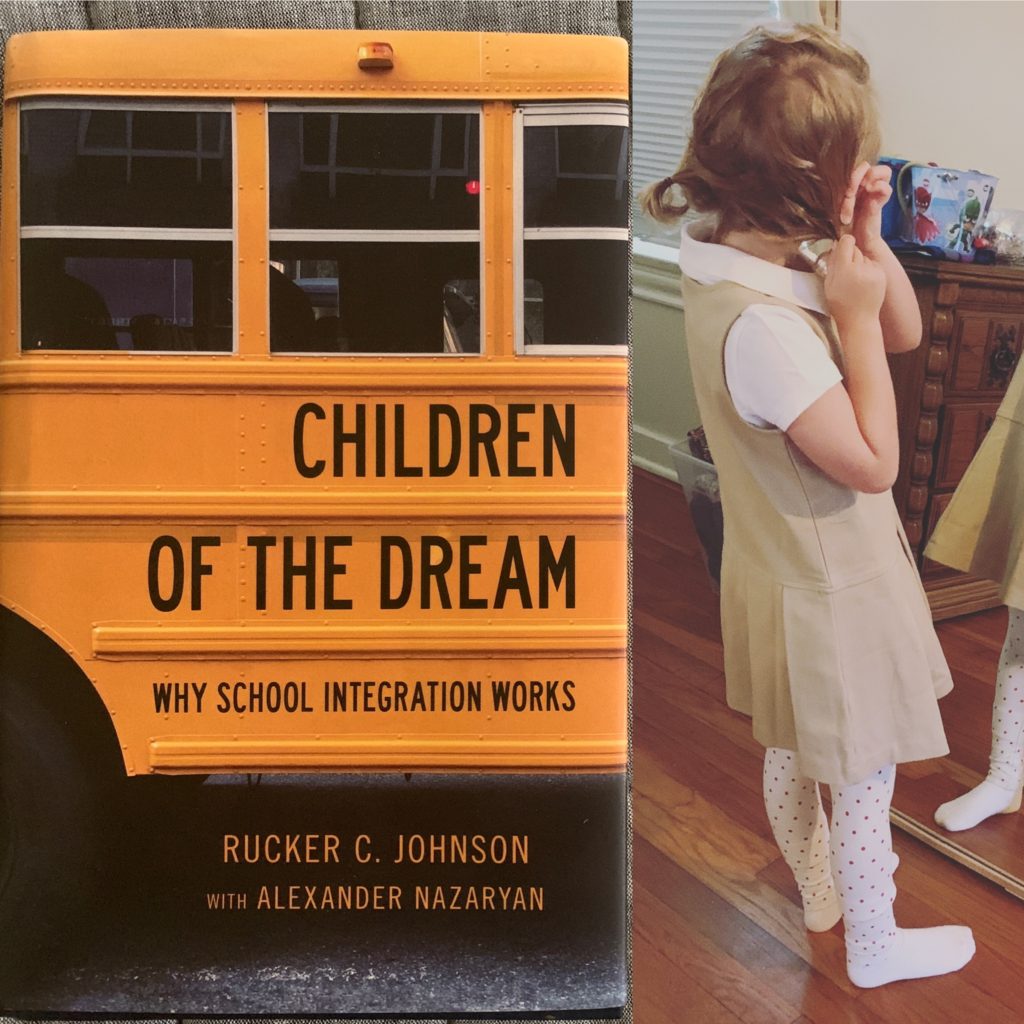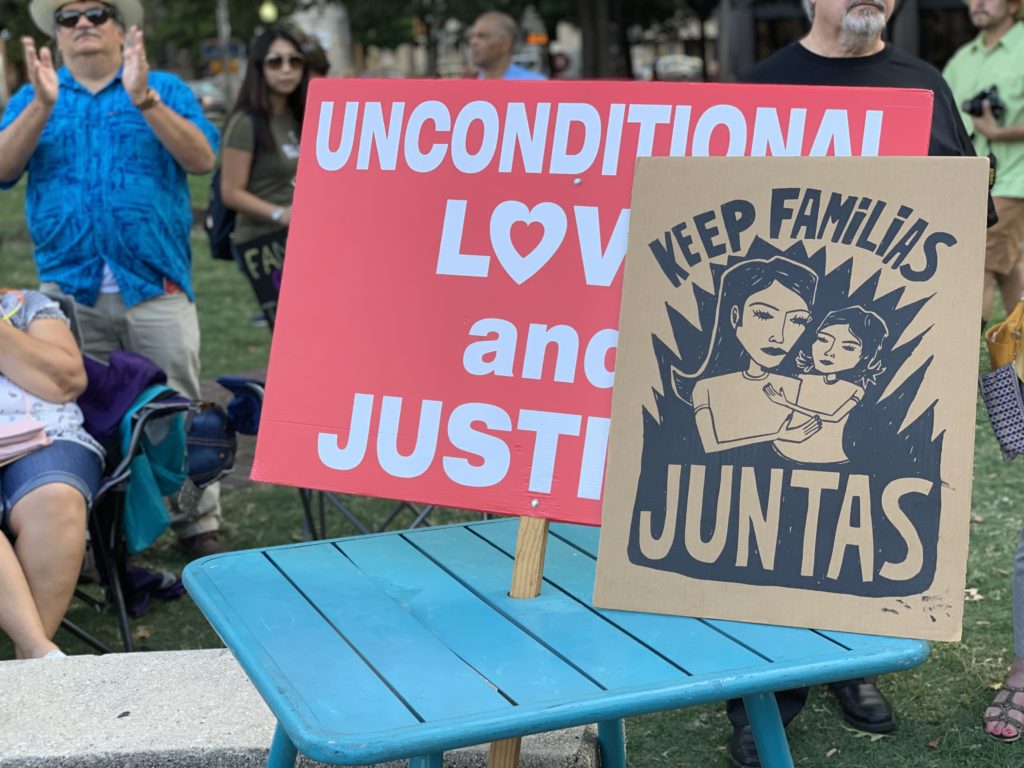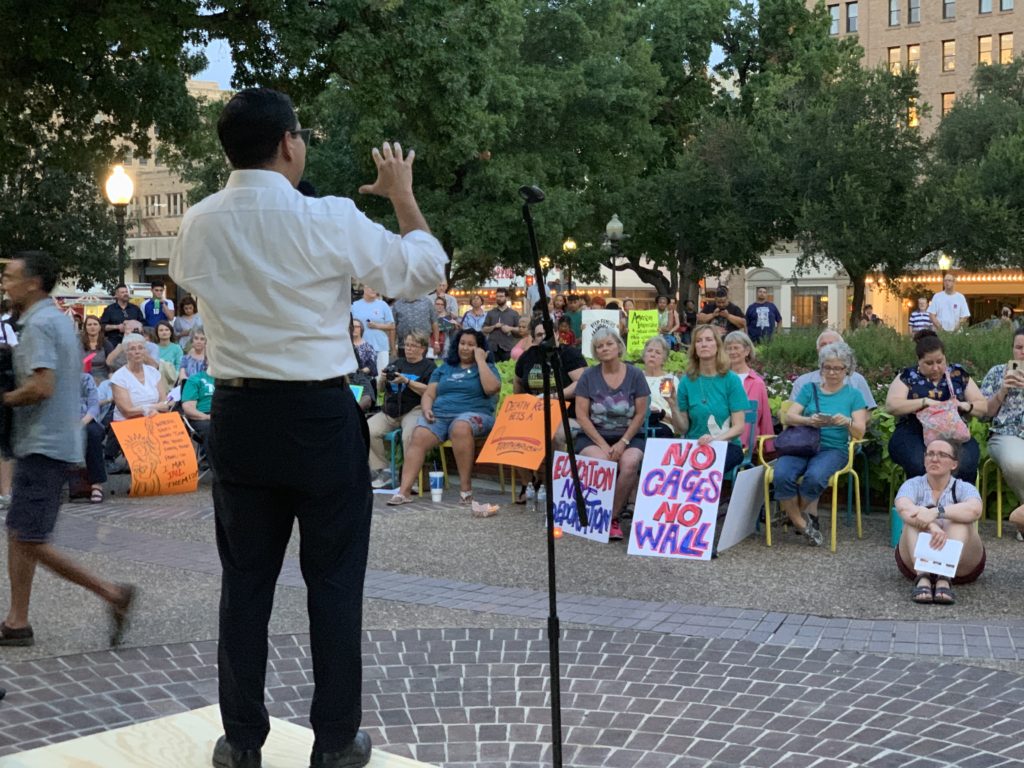A decade of being bravely underwhelming.

In late December 2009, ten years ago, I did something strange. I started a new journal expressly dedicated to chronicling a love story—my love story. In my 18 years of journaling before then, I had always been cautious about how much weight I ascribed my various romances. That’s easy when you have a written record of all the non-starters that came before. I knew how much shame I felt when reading “he’s the one!” in bubbly 2001 letters, when mere pages later he’d disappear.
What’s even more strange about my decision to start an entire journal dedicated to my love story is that it had not even really begun. I’d met a guy. We’d hung out twice. But when I started the journal we were one week into what would turn out to be a four week silence between first meeting and first date. No flirty messages. No emails or phone calls. There was no evidence to suggest that this non-relationship was going anywhere.
Nevertheless, in a fit of romance, I did it. I started a brand new journal with the explicit and stated purpose of writing about my love story with one Lewis Maverick McNeel…who had yet to call.
In that first journal entry, I wrote about the moment I now know, and then suspected, I had fallen in love.
We were at the grocery store, and I was buying break-n-bake cookies…for one of those fancy holiday cookie swaps where everyone goes all out. I was working in college ministry, making $16,000 per year (all of which I was fundraising), and jumping from crisis to crisis with the people around me, students, friends, and family. I just didn’t have the resources or energy to make elaborate cookies.
But that was the life I was in. I was unsure of the value I brought to the world. Convinced that I had to earn my keep by being agreeable, unimpeachable, and useful. Knocking myself out to sell myself short, professionally. Auctioning off my time and energy to the people I thought would keep me safe, emotionally. Running on affirmation and little else, spiritually.
Break-n-bake cookies do not bring affirmation.
I lamented my predicament to Lewis at the checkout and he said, “I’ve been underwhelming people for years now.”
I fell in love on the spot. And then he disappeared for a month.
Four months after he reappeared, he asked me to marry him. And for the first time in my life I really didn’t care if anyone thought that was a little irresponsible or too fast. I was certain. I bought a wedding magazine, looked at the recommended planning timeline, and realized that most people spent longer planning their weddings than we would spend going from “hello” to “I do.”
That was the easiest brave thing I’ve ever done.
The next brave thing happened in 2012. That’s when I left the Presbyterian Church in America (PCA).
Despite my bold dreams of a life in ministry, there was no future for me in it. Looking back, I realize that I had traded usefulness and approval for calling. For 28 years that denomination had been my home, but it had also kept me childlike and dependent—because women in that world will always serve at the pleasure of the men, the “specially gifted” who are ordained by God. I had never been taught or allowed to think outside those rigid guardrails, so I just maintained them. A strong, smart woman joyfully submitting, proving that the system worked.
I believe I would have wasted my life as a Martha sweeping the stoop of the boys club had it not been for those break-n-bake cookies and that fast engagement. I was not defined by my fancy cookies or my prudence. I was loved beyond my usefulness.
When I left that church it was like coming up out of the ocean and being able to see without the salt burning my eyes.
In this new world, I could be a terrifying anything. I could be what I was supposed to be. It turned out that was a journalist and a mother.
My fingers trembled a little as I submitted an essay to The Rivard Report in June 2012—after all, I was nothing but a failed ministry paraprofessional at that point. I had no idea if they would laugh at my small life, my small thoughts. Would they dismiss me like my writing had been dismissed and diminished for the past four years?

I was able to push “send” only because I said, “Maybe they will be underwhelmed. It won’t be the end of me.”
I had just quit my job and left the church community I’d been in for almost a decade and the denomination I’d been baptized into. I’d married a man I’d known for less than a year. I had dedicated a journal to a guy who hadn’t called me. I’d taken break-n-bake cookies to a cookie swap. If some editor on the other end of an email laughed at my small mind, what was that to me?
Of course, that’s not what happened. Robert Rivard and Monika Maeckle may have been underwhelmed at some parts of the essay—I don’t remember what that first draft looked like—but they also called me. They gave me a shot.
In 2013 things were looking strong on the career front, and the thought of starting a family sounded like setting off a bomb in the middle of it. Having a baby would change how the world saw me. I was so close to being taken seriously, I felt, to no longer being underwhelming. If I had a baby, the climb would become steeper. My capacity to perform would be split between worlds, and I needed every bit of it, because I was already balancing two jobs.
I would also have to fight for my writing to be professional and motherhood to be relational. Parenthood is not a career. It is a relationship. Caring for children’s needs, however, can be a career, and one at which many parents excel even as they are unpaid and undervalued by society. It’s noble and incredibly necessary—and not the career I wanted. But we have a hard time separating parenthood (mostly motherhood) the relationship from childcare the career, and I knew that doing so would test the limits of my professional and relational confidence.
But Lewis— that man who had given me the courage to underwhelm and befuddle and flout expectations—wanted to be a father. He wanted the parenthood relationship. And he promised that if he could be 100 percent architect and 100 percent father then I could be 100 percent journalist and 100 percent mother. He didn’t care that there were precious few examples of this in our world, very little evidence it could be done.
I had lived 28 years looking to others to tell me what to do. Only two years listening to Holy Spirit inside me. The Holy Spirit reminded me how this whole adventure had started. “I’ve been underwhelming people for years.”
I was free to underwhelm. Free to do it differently, even if different was disappointing to many.
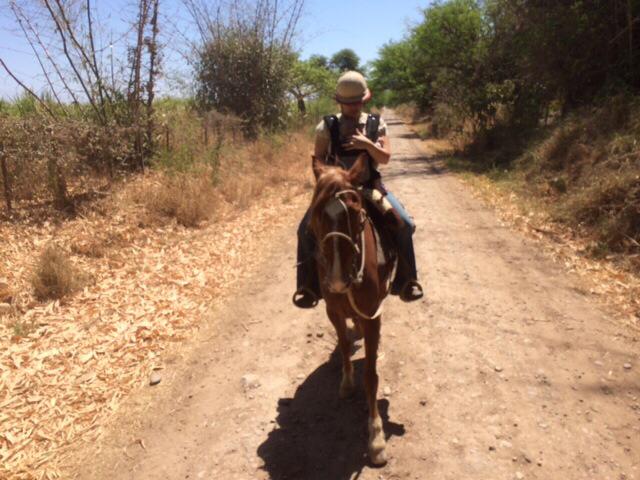
Having Moira was the only brave thing I did in 2013-14. We have had to fight for balance every single day of her life, but we have found it. It is not the vision of motherhood or professional life I had imagined. And with it have come incredible doubts. Such doubts, in fact, that I was not sure that a second child would be a wise decision for me. As a mom, I felt underwhelming, and not in a free and easy way, but in a fearful, inadequate way.
But one day, at our new church, a couple prayed for me. A couple with five lovely, successful adult children, prayed that I would have confidence that I was not the perfect mom, but the right mom, for my daughter, and whoever might come along next.
And so having Asa was the brave thing I did in 2015-16.

With a second kid on the way in 2016, I quit my side hustle and leaned hard into journalism. In 2017 I walked away from a sure thing—The Rivard Report—to try something idealistic and new—Folo Media. One month into 2018 I had to walk away from Folo on principle. I did not have nearly the portfolio or reputation I needed to be a successful freelancer, but that was the option. The day I left Folo, I thought back to 2012, when I’d left my ministry career. Maybe this was it. The end of my journalism career.
But I had given birth to two children while working two jobs. I’d submitted an untrained essay to a fledgling publication just one month after leaving an entire life behind. I had married a man I’d known less than a year. I had dedicated a journal to a guy who hadn’t called me. I had taken break-n-bake cookies to a cookie swap.
I had been underwhelming people for years.
Freelance journalism, any journalism at all really, is like tying your ego to the tracks. It is rejection and tough feedback. It’s also thrilling and fulfilling. But it does feel like I have to do little brave things on the regular now. Pitches, fighting for stories, calling sources without a big institution behind me. I publish things on my blog. On other people’s blogs. I write things that less than 100 people read and things that tens of thousands of people read. Both feel incredibly vulnerable.
I regularly hover over the “send” button and tremble a little, and then tell myself, “Maybe they will be underwhelmed. It won’t be the end of me.”
